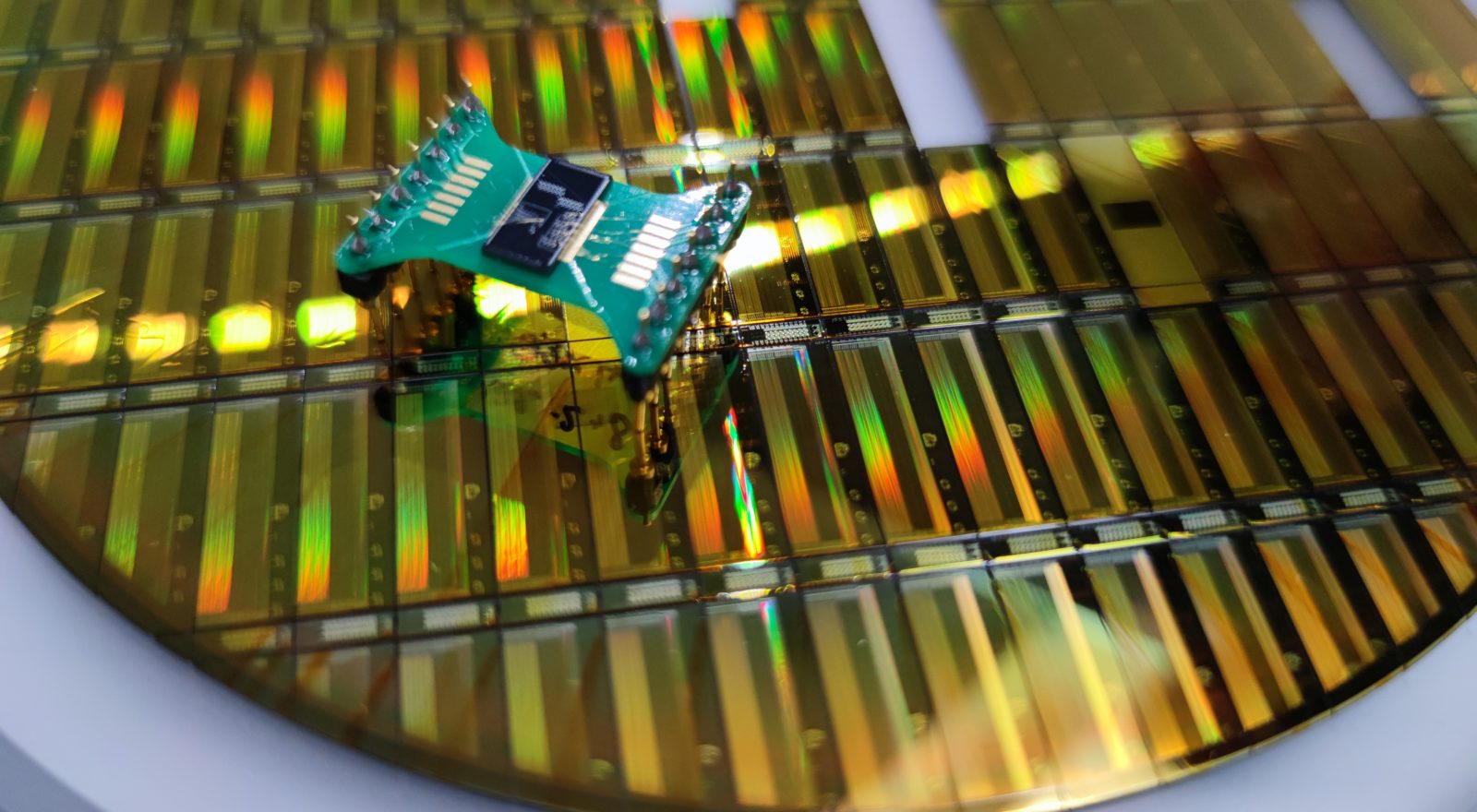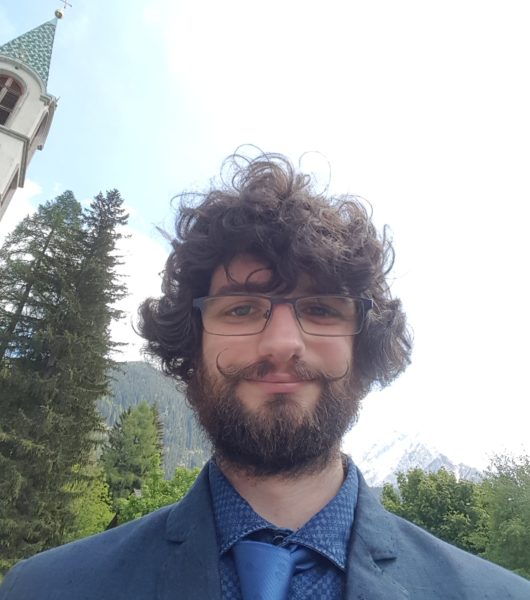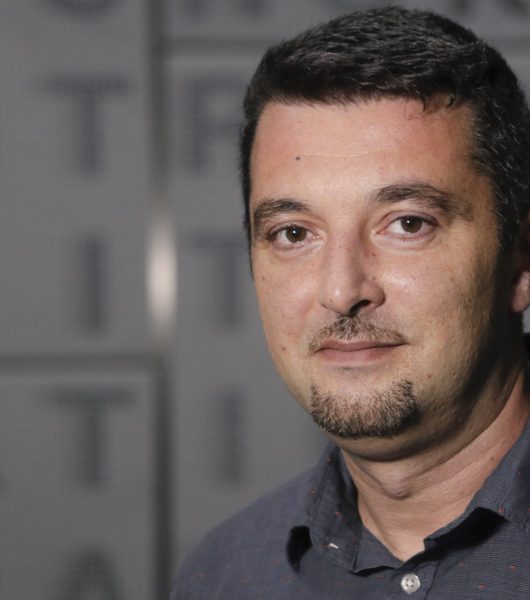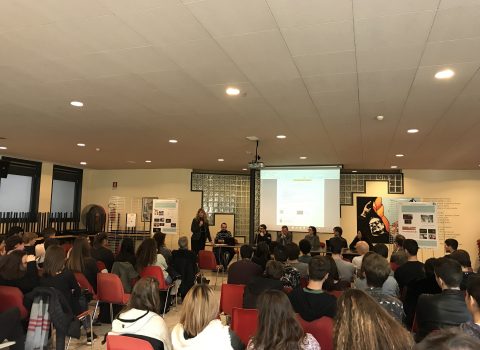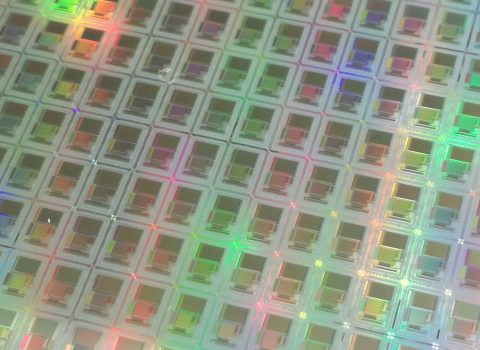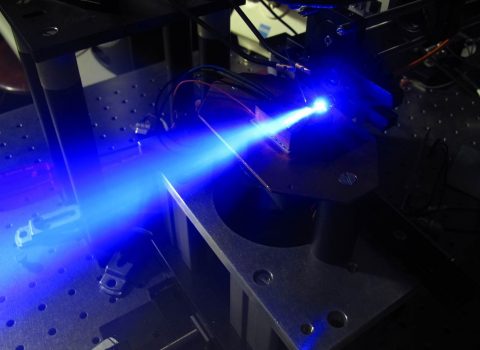PHOTONICS: FBK study reveals an innovative method for reading optical signals
The study, published in the international journal "Optica" and funded by the joint laboratory Quantum @ Trento, is the result of FBK's proven experience in the production of photonic devices and integrated silicon detectors
Integrated Photonics deals with making optical fiber microcircuits, such as those that carry the internet in our homes, microcircuits integrated in electronic micro-chips, such as those we find in our mobile phones.
In these devices, light travels inside tiny glass structures, narrower than “one hundredth of a hair”, which can guide light and allow operations similar to those performed by traditional electronic microchips.
This is the study of the Bruno Kessler Foundation researcher Martino Bernard who, together with collaborators from both FBK and the University of Trento, has developed an innovative method to read the optical signals processed in the photonic circuit with sensors integrated in the same microchip.
The study, funded by the joint Quantum @ Trento laboratory (Q @ TN) and by ATTRACT-INPEQUT and EPIQUS, two H2020 projects, is the result of the encounter between photonic innovation and the Foundation’s proven experience in the construction of silicon integrated detectors. At the center of the publication is the application of an innovative idea born from a pure research study, conducted at the foundation in 2015 by Martino Bernard himself together with Mher Ghulinyan, coordinator of the H2020 EPIQUS project.
The importance of the proposed scientific and technological development is confirmed by the publication of the work in the prestigious international magazine “Optica”, where the article describing the first devices made with this technology was published in the October 2021 issue in the Memorandum format: a short announcement for results of particular impact that deserve a rapid dissemination in the scientific community.
“This is an important first step towards the realization of increasingly complete advanced photonic systems. The realization of the detectors directly in the device allows the manufacture of more complex devices and at a lower cost”- underlines Martino Bernard. “In addition, the silicon detector micro and nano fabrication technology in the Foundation is already very mature, so rapid developments are expected.”
“These results already foresee prototyping of the new devices in the near future” – adds Mher Ghulinyan. “At the same time they open up a fertile field of new research, offering opportunities for both doctoral and university students (masters) who want to carry out a thesis in the experimental field.”
